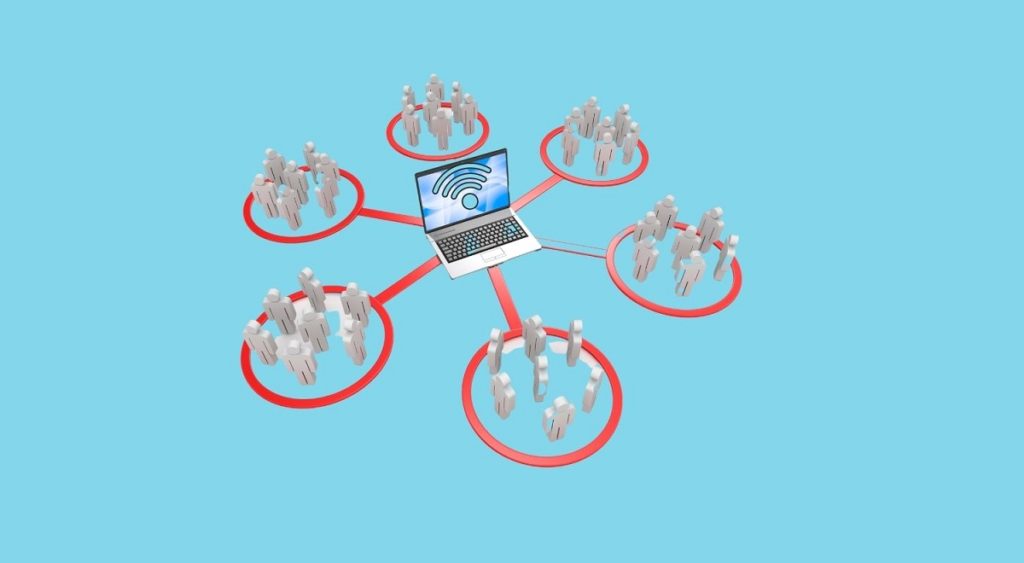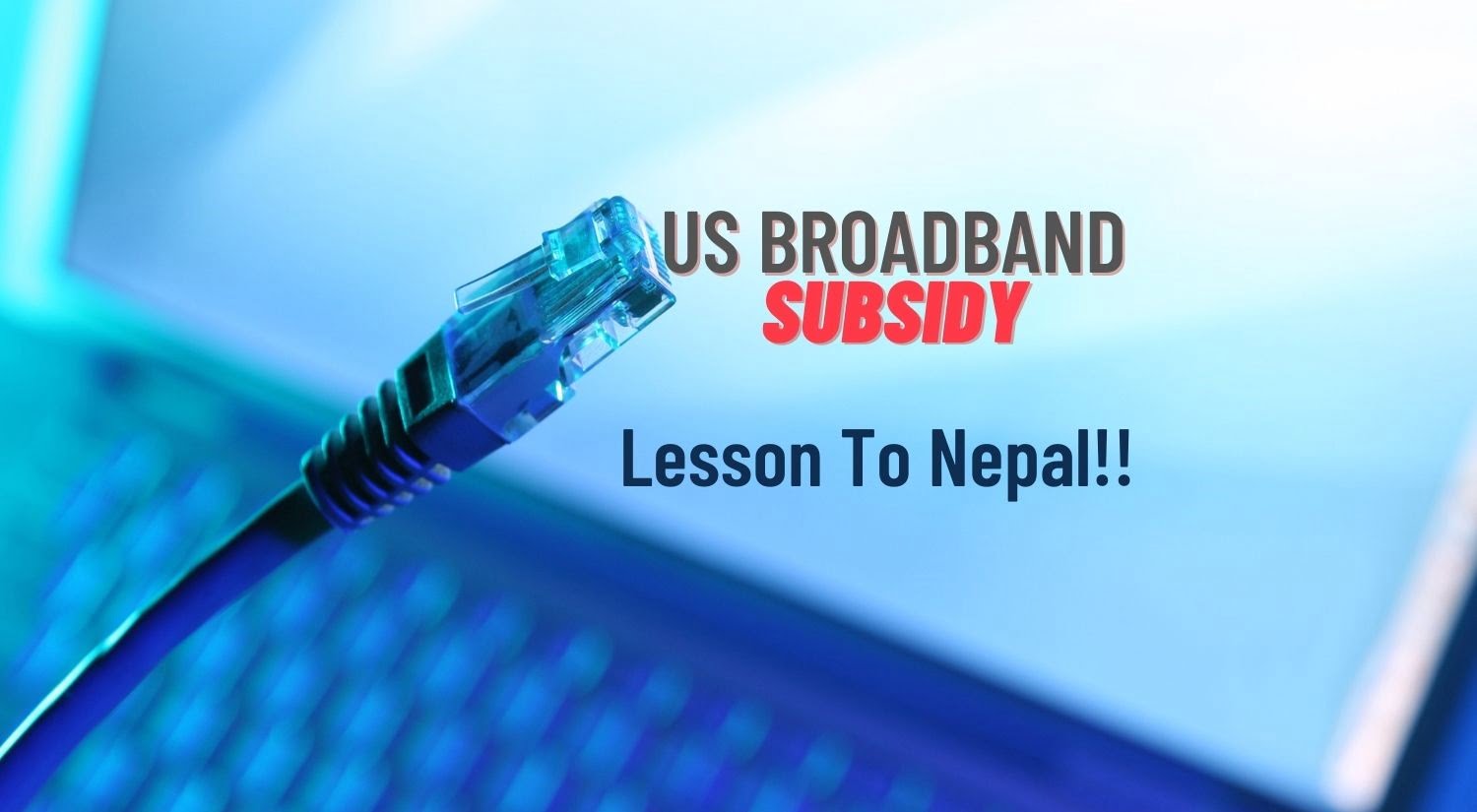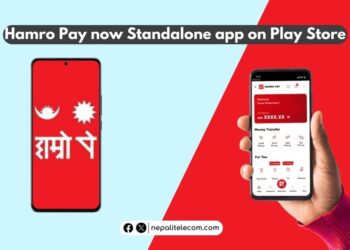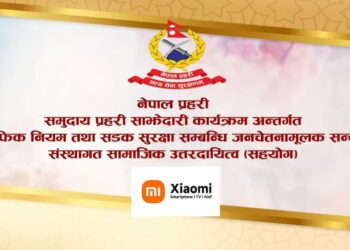US agency FCC has offered a broadband subsidy to low-income families in the country as a COVID-19 Relief Package. Now the eligible American households can apply for it within two weeks to gain access to high-speed internet.
The US Congress had passed the bill in December to provide a $50 a month broadband subsidy to very low-income families as part of a pandemic relief package. With the program, low-income families and Covid affected people in the US can apply for this broadband subsidy on May 12.
As per the news, the telecommunication regulatory body of the US, FCC (Federal Communications Commission) will administer the package within the next two weeks. Besides this, FCC will also offer one time discount of up to $100 on the purchase of a computer or tablet.
The acting chairperson Jessica Rosenworcel said in a statement, “Families in every corner of the country have been struggling to get online throughout this pandemic. For those families, we now say help is around the corner. In less than two weeks, we will have a new way for disconnected Americans to access the internet to carry out their day-to-day life, so they can reach the virtual classroom, take advantage of telehealth, and seek new employment opportunities.”
Broadband Subsidy to Minimize Digital Divide
Although it seems plausible, internet disparity does exist in the USA. The FCC believes there are 14.5 million households with no access to broadband. The COVID-19 pandemic has helped shed a bleak light upon the USA’s internet inequality. Especially, those people living in rural areas are deprived of high-speed internet because of the lack of infrastructures.
The other reason for the digital divide is affordability. This has led to students out of online classes and adult working citizens unable to work online.
Now the US Congress and FCC are coordinating with each other to effectively administer the program. They have announced that 300 over fixed and mobile internet providers will participate in the policy. Large corporations such as AT&T, Comcast have already approved to join in.

Poor Broadband Connectivity: A General Overview
As the COVID-19 pandemic forced people within houses, a record number of people have installed new connections to learn and work from home. The number of internet users has reached 10.78 million as of 2021. However, the numbers won’t reflect the inequality in internet access that exists in Nepal.
Lack of Infrastructure And Economic Disparity
Most of the internet users are still concentrated in urban areas. Meaning that those in remote hinterlands have no options of access to internet service let alone a mobile phone. People are dependent on voice calls as means of communication that is also minimal in rural communities.
Even in urban areas, economic disparity is very conspicuous. Most Nepali households or individuals emigrate to select metro cities for manual labor and higher education. Those on manual jobs make a bare minimum to make their ends meet. While those engaged in part-time jobs can not afford broadband internet at their own expense. Thus, they do not get the privilege of fiber broadband.
Check out: Internet services quality unsatisfactory: Minister Parbat Gurung
Insufficient Bandwidth Speed
Another reason internet access is not satisfactory is that the bandwidth speed in the country is not sufficient. Most of the broadband services offering 3G, 4G, ADSL, and WiMAX networks clock from 1 Mbps to 10 Mbps on average which is minimal by today’s standards.
Adding to that, many users in Nepal share their internet connection with others. It is only due to the cost involved in the connection that is out of reach to many. As a result, it is not possible for them to enjoy quality internet. This degrades the quality of an internet connection as well as the browsing experience. Do Check out how to improve internet speed at home.
Another issue plaguing internet access in the country is affordability. Nepal still ranks under low-income countries with below NRs. 14,000/- as a monthly payment. Therefore, it is obvious that people can not afford to spend their hard-earned wages a high-speed broadband internet. Internet becomes a luxury they can not afford.
The government’s multi-layered taxes on ISPs have not done any good either. The ISPs recoup their expenses by charging high on the consumers thus maintaining their profit margin. This has led to people being dependant on PayG or data packs on cellular networks which does not meet the requirements of internet access 24*7 for people under low income.
Read this: Nepal Telecom Adds The Highest Number of Fiber Internet Subscribers During Pandemic
The Steps Nepal Government Can Take
Nepal government can take initiatives like the US government’s planned broadband subsidy. Although Nepal is not in the position to spend a huge sum on this, at least they can give back a part of the royalties or funds or taxes that they are collecting. The digital divide exists in Nepal in large; between the poor and the rich, between the villagers and the city dwellers.
Whether it is in the form of a subsidy or other means, the government can step up its efforts similar to the US Government. Let’s explore some initiatives the government can take to ensure connectivity during the pandemic.
- The federal government can also offer a subsidy to the citizens just like the USA to households with very low income. Meanwhile, it can encourage the ISPs to be more generous during the pandemic with their services.
- The federal government can coordinate with local bodies to provide internet facilities in community schools, or in areas as per the needs.
- The government can relax some taxes on the ISPs which in turn will lift the burden of heavy costs on the internet for the consumers. The ISP can also install the internet for free on new connections.
- The government can also expedite installing Wi-Fi hotspots in areas with very low internet penetration.
- As government can subsidize the tax or provide funds like RTDF to the telecom operators in place of providing telecom services. With this, Telecom operators can be more generous in their mobile data offerings at a cheaper rate. It will help to ensure their subscribers can stay online for learning and working during the pandemic.
- The government has launched various online platforms in the past few years to render public services online. For instance, it recently launched the full version of the Nagarik App that integrates most government services within the app. However, such platforms require an internet connection for use. The government can coordinate with telecoms to provide free access to such applications.
Our Verdict
It is the need of the times that internet connectivity is available to all. As we are all confined to our houses, our activities have shifted online. From teaching and learning, and working from home all depend on seamless internet connection. At this, the government must do everything within its resources to reduce the digital divide and help citizens connect by the internet.
Let’s hope that Nepal Government learns from other states and takes necessary measures to minimize the digital divide in the country so that nobody suffers the peril of having no access to a broadband connection. Internet, in today’s age, is not a privilege but a basic necessity.
Check out: How to connect Internet at home in Nepal?
What do you think of the US government’s subsidy on the internet? How possible do you think it is for Nepal Government to take the same initiative? Do you think there could be other measures to ensure connectivity to all? Let us know in the comments section below.













